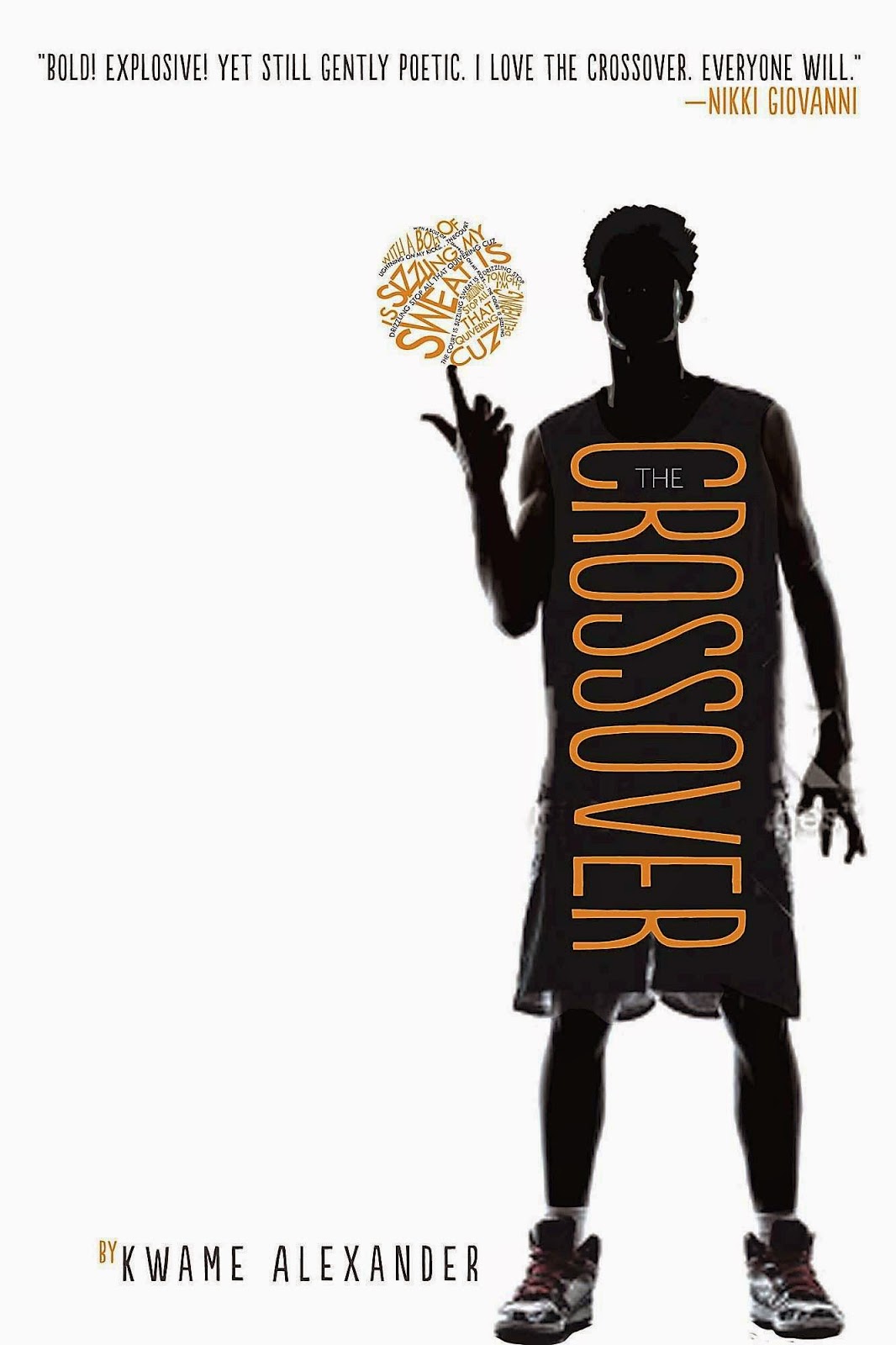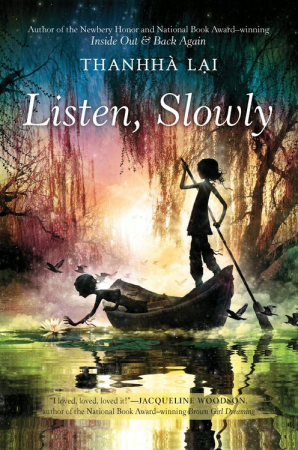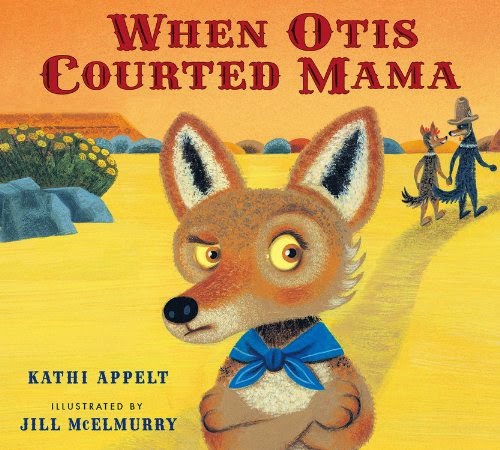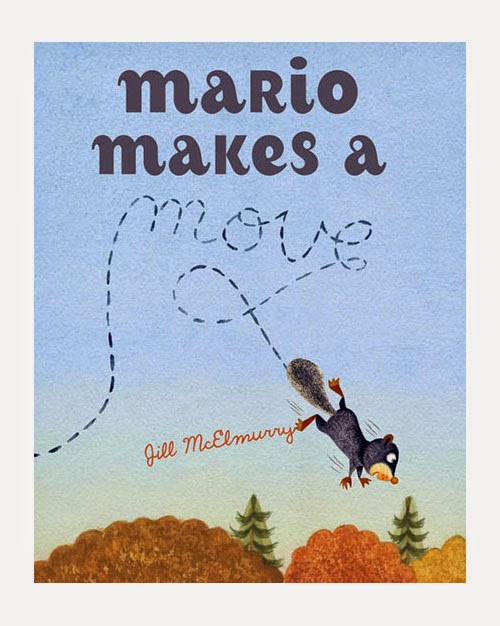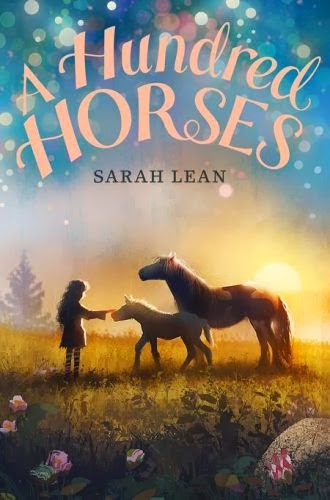Seeds of Freedom: The Peaceful Integration of Huntsville, Alabama is the newest book by Hester Bass, illustrated by E.B. Lewis. Seeds of Freedom: The Peaceful Integration of Huntsville, Alabama is a superb addition to the genre of narrative non-fiction, and a welcome addition to books about the Civil Rights Movement. Beginning in January of 1962, Bass sets the scene, telling readers that life in Huntsville, known as the "Space Center of the Universe," is good, but not for everyone.
Bass draws the reader in immediately with an instance of segregation that was new to me when she writes of a girl who is not allowed to try on shoes and must show pictures of her feet in order to be sized. Yet, the seeds of freedom have been planted in Huntsville and Seeds of Freedom: The Peaceful Integration of Huntsville, Alabama spends the rest of the book detailing the non-violent, peacefully organized actions that kept the violence that was exploding in other parts of the South at bay. With the reporters ignoring ongoing marches and silent protests, claiming that segregation is "just the way it is," organizers change tack. From eating at a lunch counter to Blue Jean Sunday. Instead of spending money on new dress clothes for Easter, black leaders secretly ask the residents of Hunstville to wear denim, leaving the county to do their shopping. It is estimated that Hunstville merchants lose about one million dollars. And, when George Wallace comes to Hunstville in his segregation-fueled campaign for governor, the black people of Hunstville meet his hatred with peaceful patriotism, letting go of helium balloons with notes of freedom tied to the strings.
Seeds of Freedom: The Peaceful Integration of Huntsville, Alabama ends on Monday, September 9, 1962 with the integration of Huntsville school as Dr. Sonnie W. Hereford III walks his six year old son, Sonnie W. Hereford IV into Fifth Avenue School. Interestingly, days earlier at a private religious school with all black students across town, twelve white students begin school without incident in the first case of so-called reverse integration in Alabama.
As is often the case, the Author's Note holds more fascinating information for which I was grateful, although I do think that a timeline of important events in the Civil Rights Movement would have been a very useful addition to this book. Bass does a thorough job tracing the roots of segregation from the practice of slavery to Slave Codes and Jim Crow laws. She points out the incidences of violence that did occur in Huntsville and ends her Author's Note with the sad fact that, less than a week after the triumph of integration in Huntsville schools, the Sixteenth Street Baptist Church in Birmingham, Alabama was bombed, killing four girls. She goes on to note that President Kennedy was killed before he got to see "one of those Huntsville rockets send a man to the moon." Bass ends with these thoughtful, moving words:
Sometimes change comes slowly. Sometimes change comes all at aonce. But change usually comes when someone decides that enough it enough. That's what happened in Huntsville. That's what is still happening across America and throughout the world. Sometimes all it takes is one person to start something good. In your community, that person could be you.
Source: Review Copy
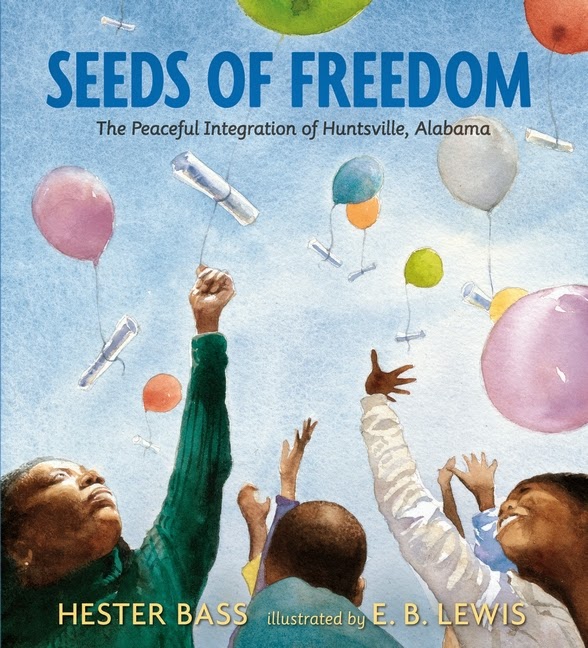

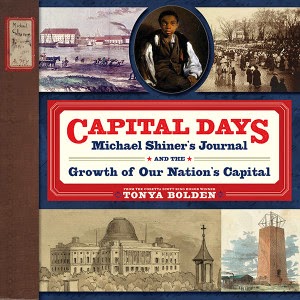

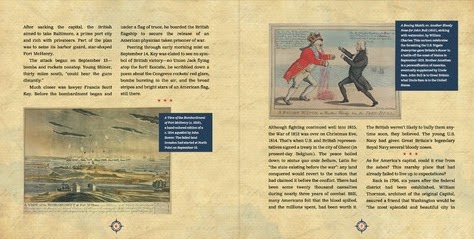
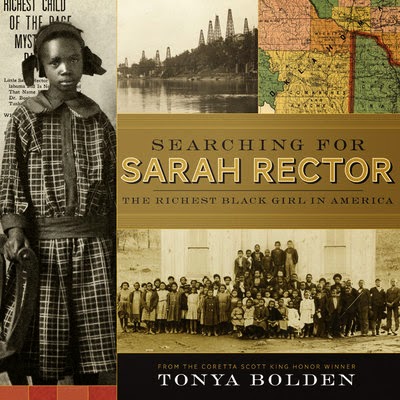










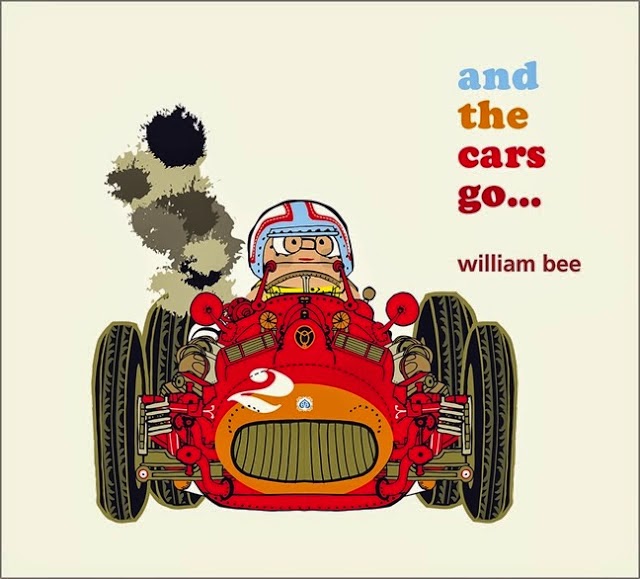
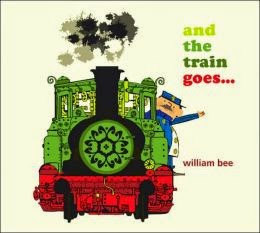



.jpg)
